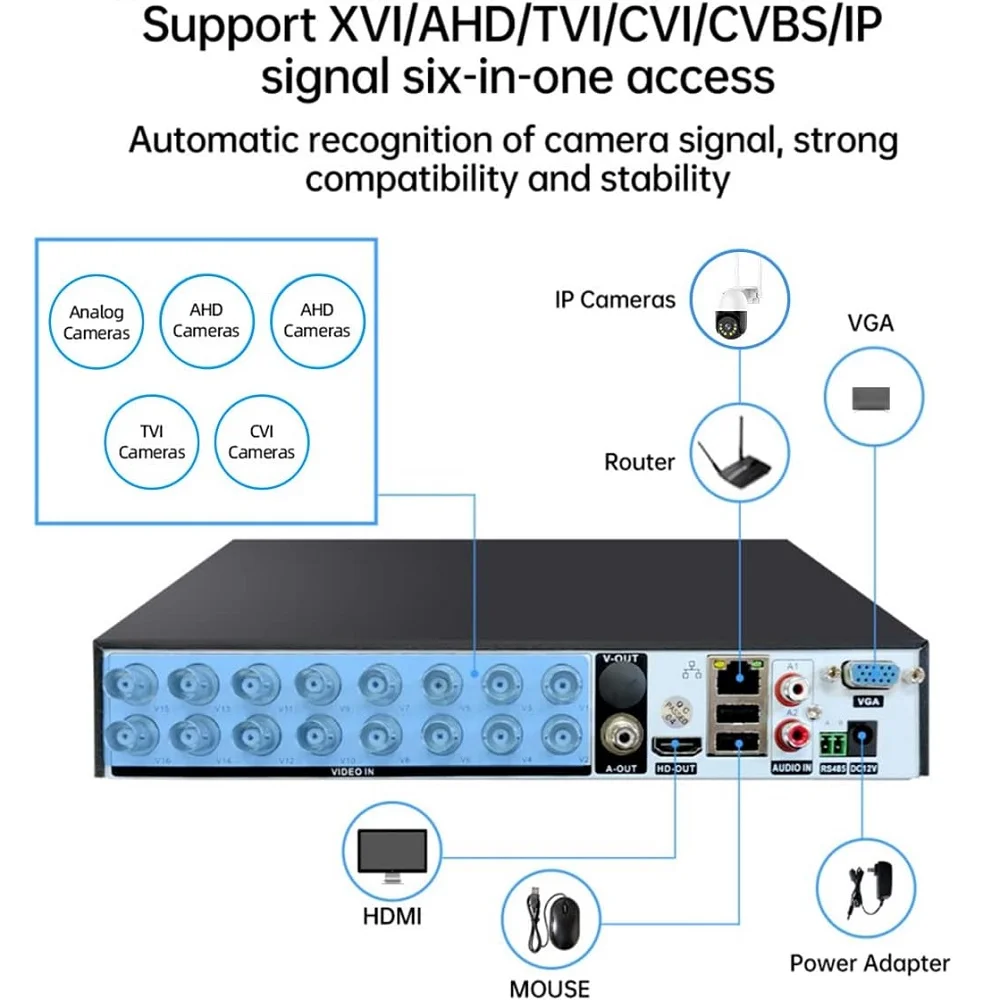Innovative hospital equipment is revolutionizing healthcare by enhancing patient care, streamlining operations, and improving efficiency. This blog post examines the impact of new technologies on hospitals, including advanced diagnostic tools, surgical equipment, and patient monitoring systems, while also addressing challenges and future trends.
Emerging Technologies
Diagnostic Tools Revolutionizing Healthcare
One of the most significant advancements in hospital equipment is in diagnostic tools. Modern imaging technologies like MRI and CT scans have become more precise, offering clearer images and faster results. Additionally, devices like the Alaris pump have revolutionized patient care by ensuring accurate and consistent medication delivery. These innovations help doctors diagnose conditions more accurately, leading to better treatment plans and patient outcomes.
Another groundbreaking technology is molecular imaging. This technique allows doctors to see what’s happening at a cellular level, enabling earlier detection of diseases like cancer. With such advanced tools, healthcare professionals can tailor treatments to individual patients, improving the effectiveness of therapies.
Surgical Equipment Advancements
Surgical procedures have also seen remarkable improvements thanks to technology. Robotic-assisted surgeries are becoming increasingly common, offering greater precision and reducing the risk of human error. These robots can perform minimally invasive procedures, leading to faster recovery times and less pain for patients.
Laser surgery is another area where technology is making a difference. Lasers provide surgeons with the ability to make more precise cuts, reducing damage to surrounding tissues. This results in fewer complications and quicker healing for patients.
Patient Monitoring Systems
Patient monitoring has also evolved with the advent of new technologies. Modern monitoring systems can track vital signs in real-time, alerting healthcare providers to any changes immediately. This allows for faster interventions and better management of patients’ conditions.
Wearable devices are another innovation in patient monitoring. These gadgets can continuously monitor patients’ health metrics, such as heart rate and glucose levels, even when they are not in the hospital. This data can be transmitted to healthcare providers, ensuring continuous care and early detection of potential issues.
Impact on Healthcare
Improved Diagnoses and Treatments
The integration of advanced diagnostic tools has led to more accurate diagnoses. Early detection of diseases means that treatments can start sooner, increasing the chances of successful outcomes. For example, the use of molecular imaging in oncology allows for personalized cancer treatments, targeting specific cells and reducing side effects.
Minimally Invasive Surgeries
Robotic-assisted and laser surgeries are transforming the surgical landscape. Minimally invasive procedures mean smaller incisions, which translates to less pain and faster recovery for patients. This not only improves patient satisfaction but also reduces the length of hospital stays, freeing up resources for other patients.
Reducing Hospital-Acquired Infections
Innovative hospital equipment is also playing a role in reducing hospital-acquired infections (HAIs). Advanced sterilization technologies and antimicrobial surfaces on medical devices help minimize the risk of infections. Improved patient monitoring systems ensure that any signs of infection are detected early, allowing for prompt treatment.
Implementation Challenges
High Costs
One of the main barriers to adopting new technologies in hospitals is the high cost. Advanced medical equipment often comes with a hefty price tag, making it difficult for smaller hospitals to invest in these innovations. Additionally, maintenance and upgrading costs can add to the financial burden.
Staff Training
Introducing new technologies also requires extensive staff training. Healthcare professionals must learn how to use advanced equipment effectively, which can be time-consuming and costly. Ensuring that all staff members are proficient with the new tools is essential for maximizing their benefits.
Interoperability Issues
Another challenge is interoperability. Different medical devices and systems need to communicate with each other seamlessly. However, this is not always the case, leading to data silos and inefficiencies. Hospitals must invest in solutions that ensure interoperability to fully benefit from the new technologies.
Future Trends
Telemedicine Expansion
Telemedicine is set to revolutionize healthcare delivery. Advances in technology are making it easier for patients to consult with healthcare providers remotely. This is particularly beneficial for those living in rural areas or with limited mobility. Telemedicine also allows for continuous monitoring and follow-up, improving overall patient care.
Wearable Health Devices
Wearable health devices are becoming increasingly popular. These gadgets can monitor various health metrics, such as heart rate, sleep patterns, and activity levels. The data collected can be shared with healthcare providers, offering insights into patients’ overall health and enabling proactive care.
AI in Healthcare
Artificial intelligence (AI) is poised to play a significant role in the future of hospital equipment. AI-powered tools can analyze vast amounts of data quickly, aiding in diagnostics and treatment planning. For example, AI algorithms can identify patterns in medical images that may be missed by the human eye, leading to earlier detection of diseases.
Conclusion
Innovative technologies in hospital equipment are transforming healthcare, offering numerous benefits from improved diagnostics to minimally invasive surgeries. However, implementing these technologies comes with challenges such as high costs and the need for staff training. Despite these hurdles, many hospitals have successfully integrated advanced equipment, reaping significant benefits.





Be First to Comment